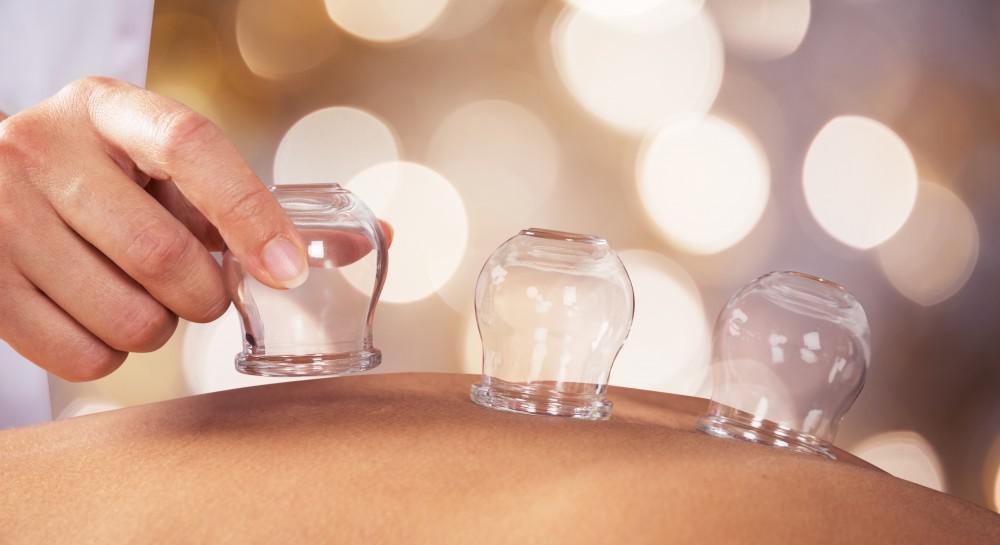- Healthy Healing Hub
Dry Cupping
Dry cupping offers potential benefits like pain reduction, improved circulation, and muscle relaxation by using suction to pull the skin and underlying tissues upward. It may help with musculoskeletal conditions, chronic pain, and even facial skin health by increasing blood flow and promoting lymphatic drainage.
- Specific Benefits
Here's a more detailed look at the benefits:

- How it Works
- Important Considerations
The ideal frequency for dry cupping therapy can vary based on individual needs and goals, but it's generally recommended to have sessions as often as once or twice a week, or even more frequently for pain relief. Some people find that cupping once a week is sufficient, while others may need 2-3 sessions per week for pain relief. A clinic in Longridge recommends cupping once every 3 months for healthy individuals, but more frequently for those who are sick or unfit.

- Factors to consider when determining frequency
- General guidelines
